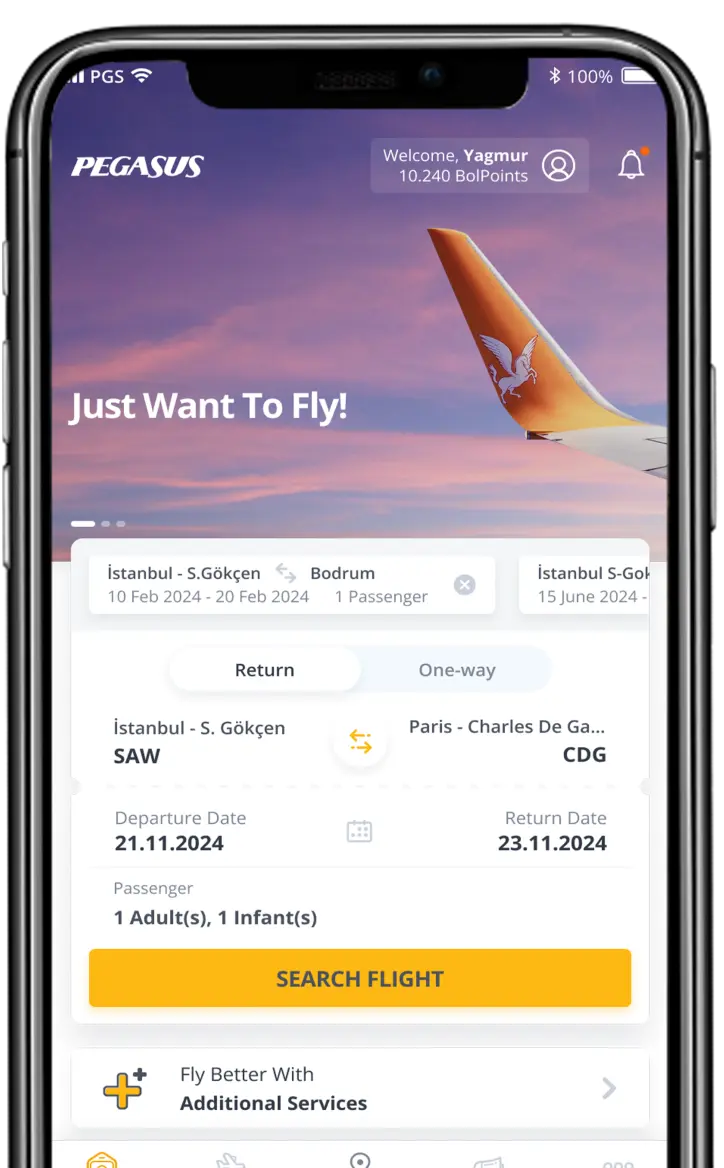
Spain Travel Guide
With its friendly people, delicious cuisine, wonderful nature, and moving music, Spain is the place you have been looking for. If you want to have unique travel experience, Spain is waiting for you.
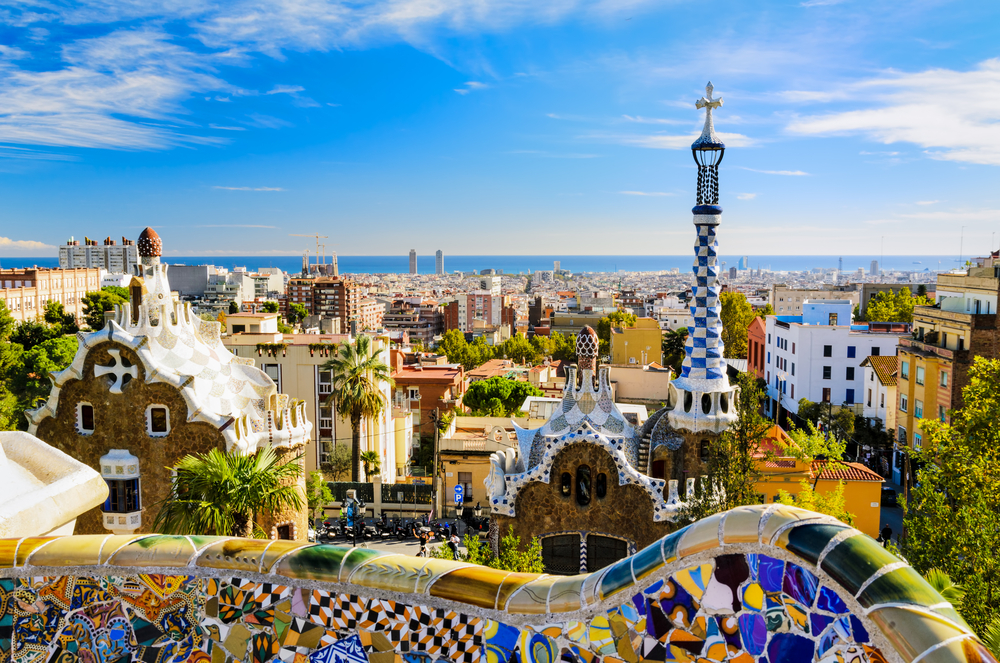
General Information About Spain
| Continent: | Europe |
| Capital of Spain: | Madrid |
| Country Code: | ES |
| Language: | Spanish |
| The difference between GMT: | GMT+2 |
| Telephone Code: | +34 |
| Domain Extension: | .es |
| Currency: | Euro |
Official Language
The official language of Spain is Spanish (Castilian), spoken by about 99% of Spanish people as a first or second language. However, Catalan (or Valencian), Galician and Basque are also spoken. Catalan is an official language in Catalonia, the Balearic Islands and the Valencian Community where it is known as Valencian. In the northwest corner of Catalonia (Vall d’Aran), Aranese is an official language along with Catalan. Galician is an official language in Galicia, and Basque is an official language in the Basque Country.
Common Phrases in Spanish
- ● Muchas gracias – Thanks a lot!
- ● ¿Cómo estás? – How are you?
- ● ¿Cuál es su nombre? – What is your name?
- ● Hola, mi nombre es …- My name is …
- ● Yo no hablo español – I don’t speak Spanish.
Capital
Madrid, the third-largest city in the European Union, is the capital of Spain.
Political System
The political system in Spain is a parliamentary monarchy with the ruling monarch serving as the official head of state and the prime minister as head of government. The current ruling monarch is Felipe VI, King of Spain – he has been king since 2014. The current prime minister is Pedro Sanchez of the Spanish Socialist Workers’ Party. Executive power is exercised by the Spanish government consisting of the ruling prime minister, their deputy and a Council of Ministers which form the Cabinet. The prime minister has the power to appoint and fire ministers to and from the Cabinet. There is also a Council of State that exists as a consultative body giving non-binding opinions to the Spain government.
Population of Spain
The population of Spain is 46,431,955. A big percentage, 82.6 %, of it is urban.
Currency
The currency of Spain is Euro/€/EUR. There are seven different denominations of the euro banknotes: €5, €10, €20, €50, €100, €200 and €500. The coins consist of eight different denominations; 1, 2, 5, 10, 20 and 50 cents, €1 and €2.
Location
Spain is located in southwestern Europe, occupying most of the Iberian Peninsula. It is separated from western Europe by the Pyrenees mountain range and from Africa by the Strait of Gibraltar. The Spanish mainland is bordered to the south and east almost entirely by the Mediterranean Sea; to the north by France, Andorra, and the Bay of Biscay; and to the west by the Atlantic Ocean and Portugal.
Local Time
Spain has two time zones and observes daylight saving time. Spain mainly uses Central European Time and Central European Summer Time in Peninsular Spain, the Balearic Islands, Ceuta, Melilla and plazas de soberanía. In the Canary Islands, the time zone is Western European Time.
Climate
The climate in Spain varies across the country. Spain is the most climatically diverse country in Europe with 13 different climates. There are more than two main climates observed in the country. This diversity is caused by its location. The hot-summer Mediterranean climate is characterized by dry and warm/hot summers and cool to mild and wet winters. It is dominant on the Iberian Peninsula, particularly the variety with summer droughts covering all but the far northern part of the country where the Oceanic climate predominates.
The warm-summer Mediterranean climate which predominates in parts of northwestern Spain and mostly inland in central-northern Spain. The oceanic climate is located in the northern part of the country, especially in the regions of Galicia, Basque Country, Asturias, Cantabria, and Navarre. This region has regular snowfall in the winter months. The semiarid climate is predominant in the southeastern part of the country. In contrast to the Mediterranean climate, the dry season continues beyond the end of summer and the vegetation is less dense.
Biodiversity
The Spanish terrain offers is a vast array of flora and fauna. It is the country with the most UNESCO Biosphere Reserves in the world and hosts some rare species of animals including the golden eagle, Eurasian brown bear, Iberian wolf, bearded vulture, and the Iberian lynx. Bird watching is primarily a favorite tourist activity in Spain because there are at least 635 different species of birds found in this country.
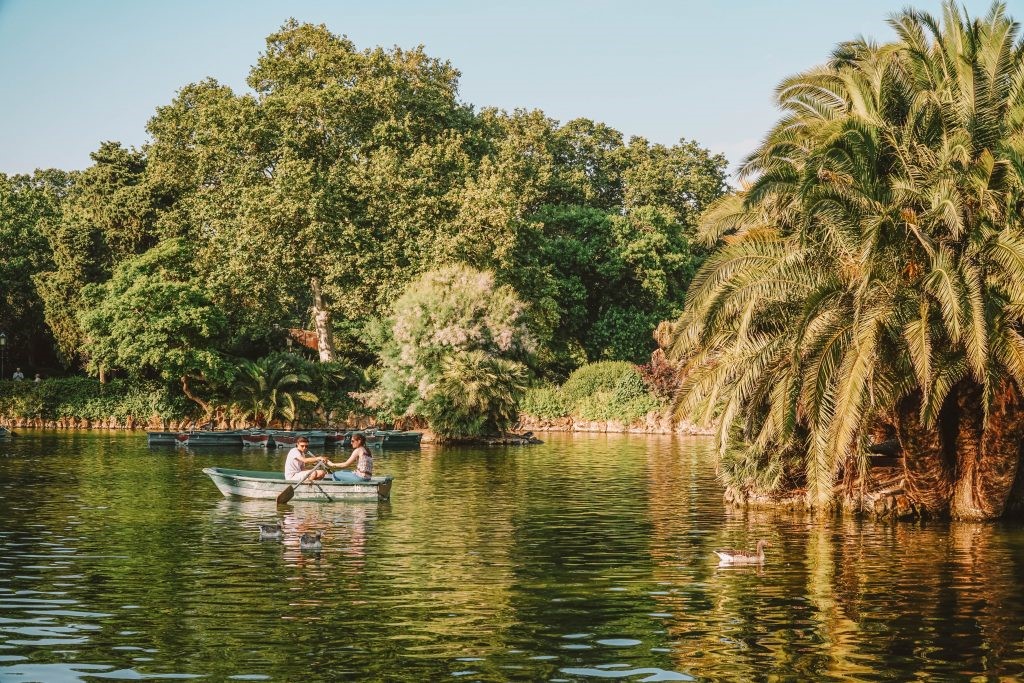
Travel to Spain
Pegasus Airlines offer flights to following airports in Spain; Barcelona International Airport (El Prat De Llobregat Airport)(BCN), Barajas Airport (MAD).
Transportation in Spain
Public transportation in Spain ranges from modern metros to well-connected speed rails between major Spanish cities. There are underground railway systems (metros) in major Spanish cities such as Madrid, Barcelona, Bilbao, Malaga, Seville and Valencia, and tickets and passes allow travel on all modes of public transport including metro, bus, and suburban train services. Metros offer the quickest way to get around these cities, although they can become very crowded during rush hours. No smoking is permitted on metro trains or in stations. There are excellent bus (autobús) services in all major cities and towns in Spain and comprehensive long-distance ‘coach’ (Autocar) services between major cities.
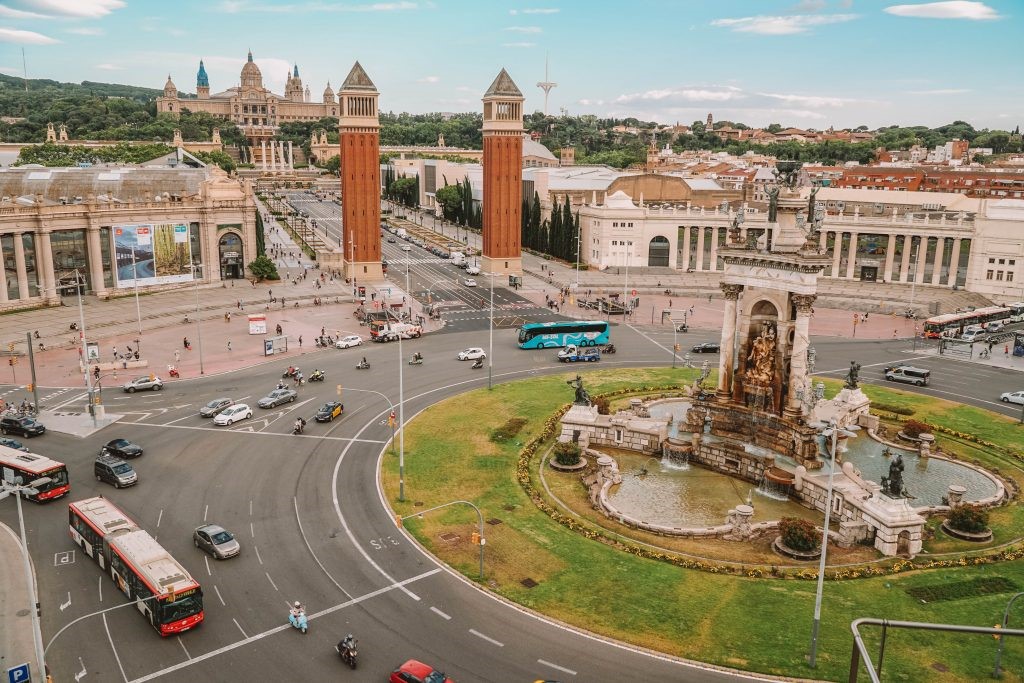
Buses are the cheapest and most common form of public transport in Spain and most coastal towns and rural villages are accessible only by bus. In rural and resort areas, bus services are often operated by the local municipality and services are usually irregular. Small towns can often be reached only via their provincial capital, and in the centre of Spain, it’s difficult to get from one major city to another without going via Madrid. Local bus timetables may be published in free newspapers and magazines, or online. Also, Spain has an extensive high-speed train network, with routes connecting much of the country. Taking the train is one of the fastest ways to get from city-to-city, with high-speed services between major destinations such as Barcelona, Madrid, and Valencia.
Places to Visit in Spain
La Sagrada Familia
In 1883 the brilliant architect Gaudí agreed to take on this project, succeeding Francisco de Paula, and worked on it until his death. Work to complete this great basilica still continues today. The first architect to undertake this project originally planned a neo-Gothic building. However Gaudí took over following his death, and while conserving the original layout he soon stamped his own personal imprint and distinctive style on the building.
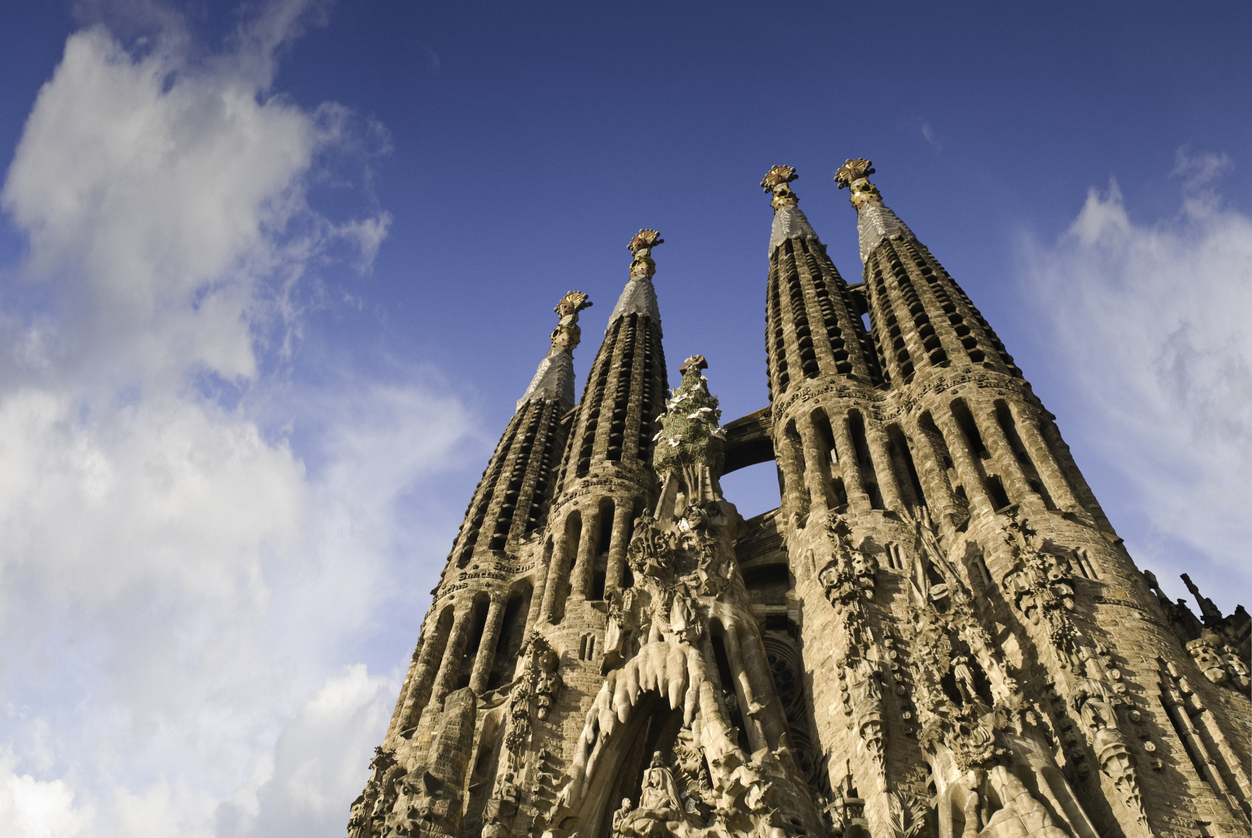
He finished only the chapel of San José, the crypt and the door of El Nacimiento. The façades and the entire exterior have a glorious profusion of brightly-coloured decorative elements. There is a cryptogram over the La Pasión door. No trip to Barcelona is complete without a visit here. The cathedral is open daily, though restrictions apply during mass times. Be sure to dress appropriately and remember that some parts of the cathedral could be closed as construction continues. It is good to know you can buy tickets for the cathedral online. A basic ticket costs around USD 19*, with more expensive options for audio guides, and the chance to go to the top of one of the cathedral’s towers, also available.
The Caminito Del Rey Hike
Until recently, this almost 8-kilometre path near Malaga (Andalusia) was considered to be one of the most dangerous in the world. Today the entire route has been carefully restored, earning it the Europa Nostra Award for heritage conservation, and although it's now much safer, one thing hasn't changed - the unique experience of strolling along walkways hanging over 100 metres up on a sheer cliff face. If you decide to take this path, there are probably some things you would like to know. It's located in the south of Spain, and you can get there from the municipalities of Ardales or Álora (ask for tourist information when you arrive). The path goes through the beautiful natural area of the Desfiladero de los Gaitanes, which is 700 metres deep. The Guadalhorce River flows through this area. The panoramic view of this natural canyon sculpted by the river will captivate you.
Toledo
Perched on a mountaintop in central Spain, Toledo served as the Spanish capital until the 16th century. Because it was inhabited by Jews, Christians and Muslims for many centuries, the city is sometimes called the “City of Three Cultures.” Today, Toledo is a popular destination for its wealth of historic art and architecture that dates back to the Roman Empire. The best thing to do in Toledo is to get lost amid the medieval streets and admire the old architecture that includes a stunning cathedral, synagogue and mosque.
Spanish Islands
Spain has some of the most beautiful islands in Europe. The largest Spanish Islands are equally divided between the Balearic Islands and the Canary Islands. East of the Spanish mainland, the four chief Balearic Islands (Ibiza, Formentera, Mallorca, and Menorca) maintain a character distinct from the rest of Spain and from each other. Mallorca is the largest and best-known Balearic island while Ibiza is famous as a party destination. The Canary Islands, also known as the Canaries, are located just off the southern coast of Morocco in the Atlantic. They are popular for their beautiful beaches, mild climate and important natural attractions, especially the Maspalomas Dunes in Gran Canaria and the Teide Volcano in Tenerife.
Holidays and Festivals in Spain
La Tomatina (Tomato Fight Festival)
The origins of this mass tomato battle date back to a fight amongst children in 1945 and it has been celebrated every year since then. The “Tomatina” is held on the last Wednesday in August in the town of Buñol. This unusual fiesta brings together crowds of people every year, ready to have a great time of laugher and fun, hurling tomatoes at each other. Participants at this joyful pitched battle have a wonderful time throwing tomatoes at anything that moves.
Las Fallas De Valencia (Festival of Fire)
Valencia welcomes in Spring with the Fallas. During the months proceeding this unique spectacle, a lot of hard work and dedication is put into preparing the monumental and ephemeral cardboard statues that will be devoured by the flames. The festival has been designated as a UNESCO Intangible Cultural Heritage of Humanity since 2016. The Fallas is Valencia’s most international festival. In a competition of art, ingenuity and good taste, during the week beginning on 19 March the city fills with gigantic cardboard monuments, the ninots. The celebration’s origins go back to the parots of the carpenters: a wooden lamp that was used to light the workshops in winter and was burned in the street on the eve of San José’s Day. At first, they were given a human appearance by decorating them with old clothes, but in the mid-19th century, they started making them bigger and taller and improving their forms to convert them into decorative dolls.
Feria De Abril (April Fair Of Seville)
One of the most famous traditional Spanish festivals, the Semana Santa or the Holy Week takes place during the Easter. It is one of the most popular religious festivals in Spain. A dozen men and women come out to march through the streets, whilst carrying the statue of their church’s patron saint surrounded by hundreds of candles.
Semana Santa (Holy Week)
One of the most famous traditional Spanish festivals, the Semana Santa or the Holy Week takes place during the Easter. It is one of the most popular religious festivals in Spain. A dozen men and women come out to march through the streets, whilst carrying the statue of their church’s patron saint surrounded by hundreds of candles.
Visa Requirements For Spain
If you are a citizen of an EU country, Switzerland, Norway, Iceland or Lichtenstein, you will need a valid passport or ID card. Additionally, in the case of a minor traveling with an ID document, this must be accompanied by written permission from the parents. Spain is one of 26 countries making up the ‘Schengen’ area, they have one common visa and no border controls between them. There are three types of visa allowing entry to Spain:
- Airport transit visa.
- Short-stay Schengen visa.
- Long-term visa.
Unless you’re a citizen of the EU/EEA or Switzerland you’ll need a longer-term national visa (visado nacionale) if you intend to live, work, study or carry out research in Spain for longer than three months. This will depend on your purpose of stay.
You can learn the details of the Spain visa application process from the "Spain Visa Guide" article.
Things You Should Know Before Visiting Spain
- A siesta is a pretty big deal in Spain. Usually, around 1-4pm, many shops, offices, and restaurants will shut their doors for a little afternoon break.
- It is wise to keep in your mind that dinner in Spain starts usually much later than its Northern European neighbours. Dinner will usually start around 10 pm for locals and can last a good few hours.
- Nudity is legal in Spain.
- It is not customary to tip in Spain, especially for cheap meals. Usually, people just round up the check.
- Even in big cities like Madrid and Barcelona, the tap water is safe to drink (in Madrid it comes fresh from the Guadarrama mountain range).
FAQ about Spain
Do people in Spain understand English?
Yes, most of the people in Spain understand English and they are more than happy to help you with directions, popular attractions, etc.
Is Spain an expensive country?
No, Spain is a budget-friendly country in comparison to other European countries.
Is tap water drinkable?
Yes, public tap water in Spain is safe to drink and tested every day.
Is Spain safe?
Yes, Spain is one of the safest countries in European Union. However, visitors should be cautious about pickpocketing in various means of public transport and in crowded areas.
All Country Guides
Bosnia and Herzegovina Travel Guide
Turkish Republic of Northern Cyprus Travel Guide


